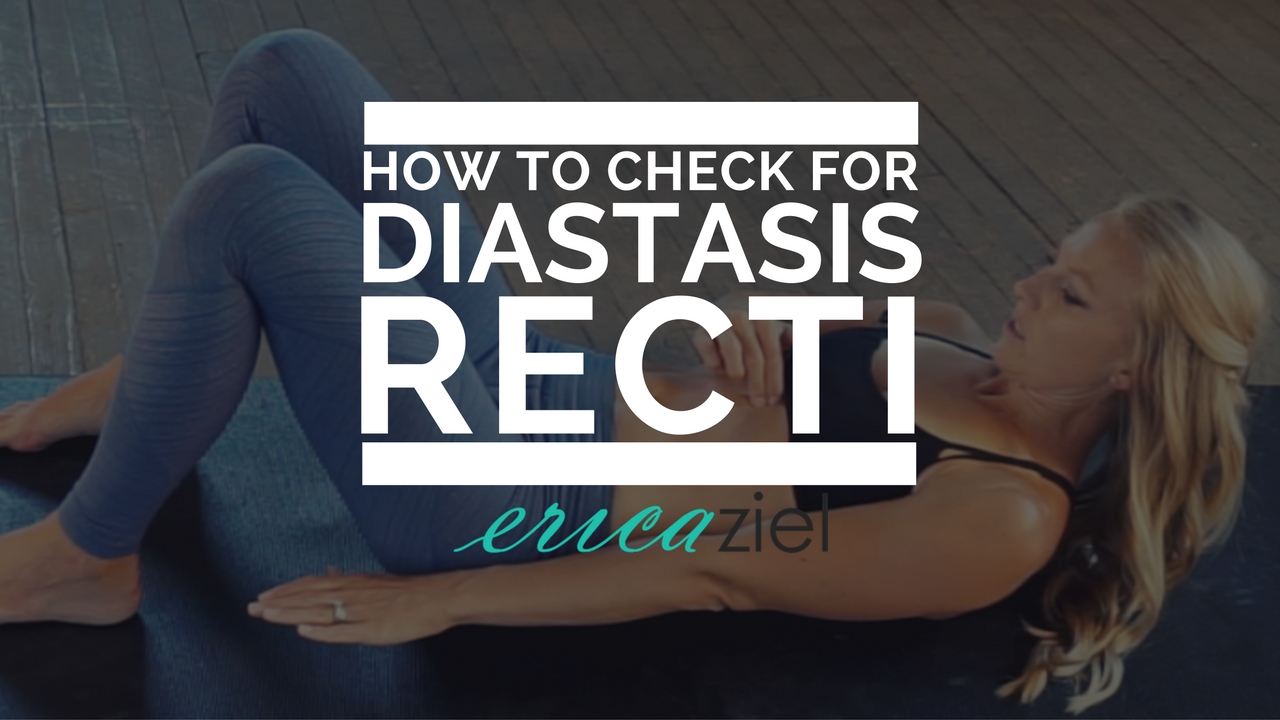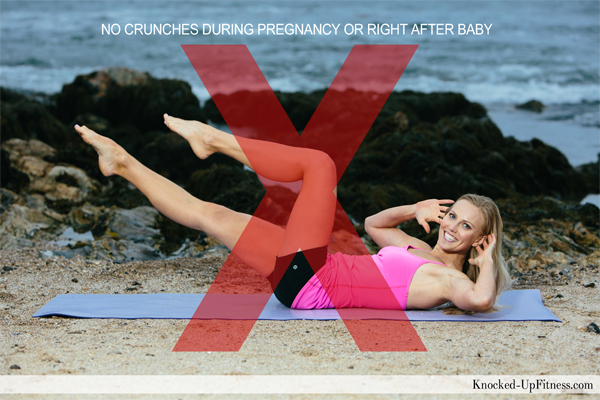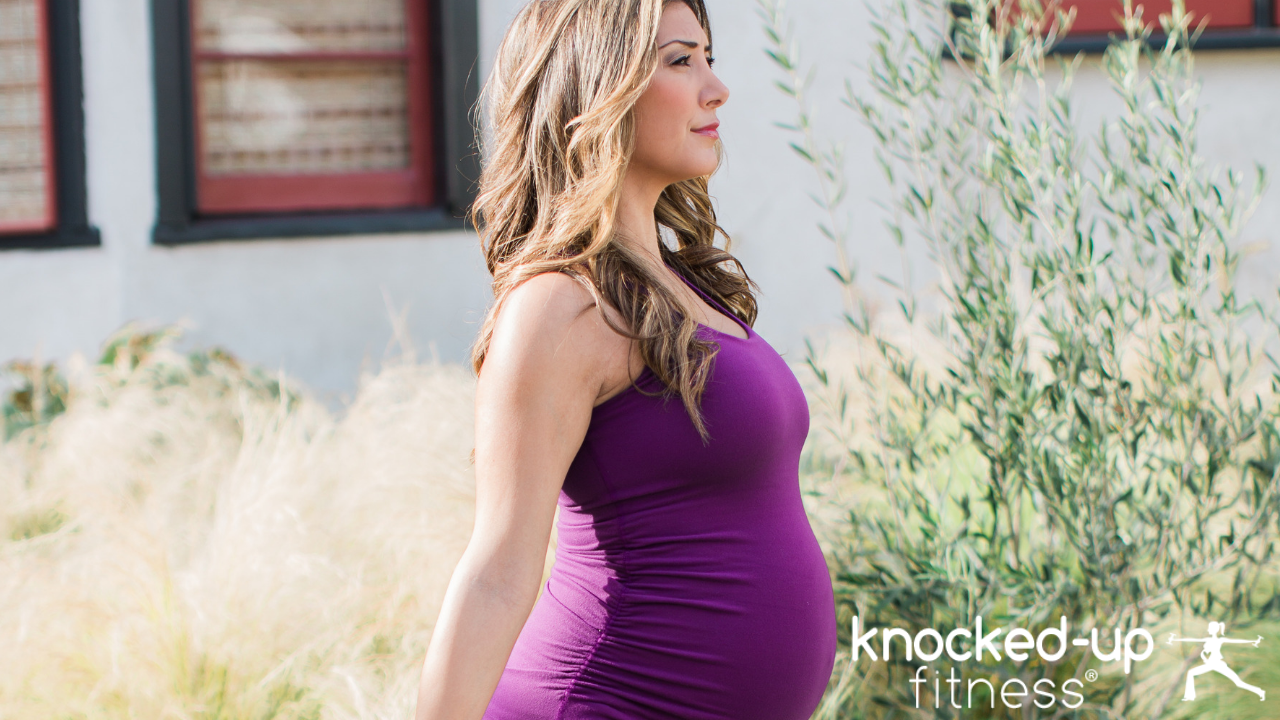Abdominal separation, also known as Diastasis Recti, is a very common postpartum condition that involves the separation of the linea alba between your rectus abdominals {those muscles that create that 6-pack look}. All physical therapists that I talk with who specialize in postpartum recovery say it happens in 100% of women – and in women I talk to or events I speak at, I’m lucky if 10% of women have even heard of ‘diatasis recti’ – let alone understand what to do about it, or that they CAN do something about it.
 I don’t want to go overboard, but I’m going to go on a small rant {just giving you a heads up}. When the topic of abdominal separation comes up it usually involves mama’s telling me that their doctor said…
I don’t want to go overboard, but I’m going to go on a small rant {just giving you a heads up}. When the topic of abdominal separation comes up it usually involves mama’s telling me that their doctor said…
- they could just go and have surgery to repair it {yikes}
- there’s nothing they can do about {so not true}
- don’t even acknowledge it {grrr…}
- or that there isn’t anything wrong with having diastasis recti {because having separation can contribute to back pain, poor posture, and more}
When I hear those statements from a postpartum mama that is just trying to get enough sleep to function, while taking care of her babies, and then has to deal with inaccurate information from her doctor or other professional she looks up to, well, it’s frustrating, to say the least!
Because you CAN work towards healing diastasis recti!
Yes, there are many reasons why just going and having surgery isn’t as easy as it sounds, not to mention the risk that goes along with any surgery, and then we come across the topic of umbilical hernias {a result of a tear in the fascia of the abdomen} which does need surgery to repair. That said, if the connective tissue is weak to start with {which it typically is} surgery doesn’t make the connective tissue stronger. It just closes the tear, creates new scar tissue, which could potentially cause more pulling and tearing later on in life.
Sometimes surgery is necessary (especially for repairing hernias), but I do believe very strongly in starting to create a more solid foundation and improving your fascial connections prior to surgery. Then after surgery, you can slowly work back up to your current core strength and eventually create a stronger deep core than you’ve ever had before {because I do believe it’s possible!}. The topic of hernias may leave you with more questions, so stay tuned as I’ll post more about that later on.
When you stop to really think about the effect diastasis recti can have on the body – it really is important to do something about it.
- First, you need to check to see if you do have diastasis recti, see my video below.
- Second, regardless of diastasis recti or not, I do recommend working on creating better core strength and fascial connections through your body and specifically the abdomen in order to decrease the risk of diastasis recti with future pregnancies, allow for easier healing if you do develop the condition, and decrease the risk of hernias as well.
- Sign up below for my free video with tips to get you started on strengthening your core and healing diastasis recti. Even if you don’t have abdominal separation, my tips and methods work amazing for creating that flat belly after baby – all while making your body move and feel better {this can include back, neck, knee, and hip pain along with others}.







12 Comments
This website and these short tutorials are fantastic. I just found out about this website through a facebook advert. I had my son 3 months ago (Emergency Cesarean Section) and have suffered terribly from D.R and other complications post surgery. Thank you for all these fabulous tips! I don’t really have much time to go and see physios/chiro’s etc as I’m busy with baby and running my own business in events, but I’m so glad I stumbled upon this information. 🙂